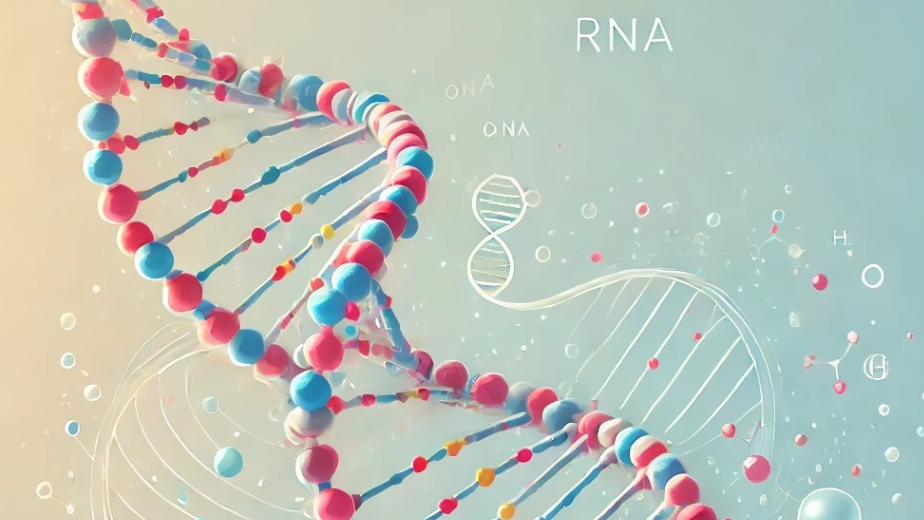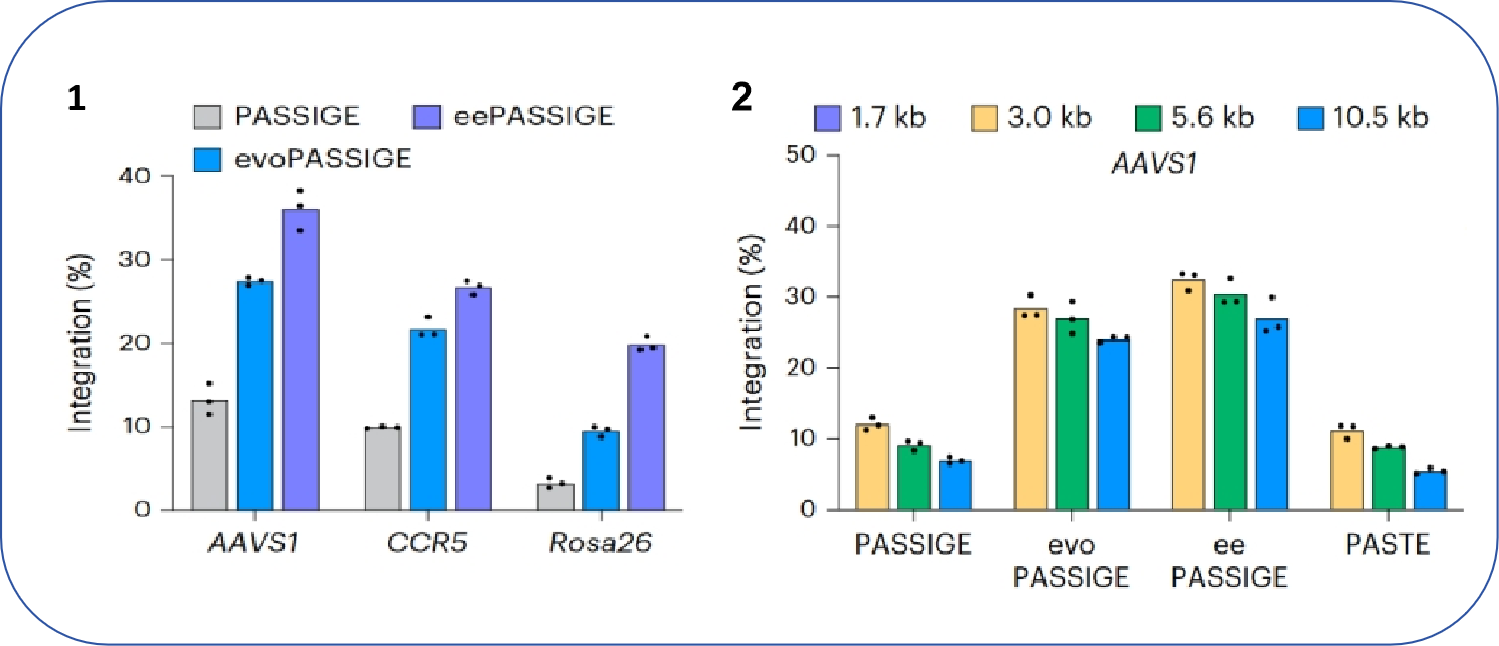
Gene editing tools have long been a hot topic in the field of biological sciences. Recently, scientists from MIT and Harvard University published a paper in Nature Biomedical Engineering titled "Efficient site-specific integration of large genes in mammalian cells via continuously evolved recombinases and prime editing", announcing that they have successfully improved the prime editing technology by developing an upgraded prime editing system known as eePASSIGE. This marks a significant breakthrough in gene editing technology.

eePASSIGE combines prime editing with the eeBxb1 recombinase, effectively leveraging the advantages of both systems to address existing limitations such as low programmability, restricted insertion fragment size, low efficiency, and specificity issues. eeBxb1 was developed by evolving the Bxb1 recombinase using PACE and PANCE selection systems. The inclusion of eeBxb1 dramatically enhances the system’s editing efficiency, achieving a 16-fold improvement over the previous PASSIGE system, offering new hope for the treatment of intractable genetic diseases.

1. Integration efficiency of eePASSIGE at different sites; 2. Insertion efficiency of eePASSIGE for fragments of different lengths[1]
David Liu who is the corresponding author of the paper expressed excitement about the efficiency and versatility of the eePASSIGE system. He believes this technology has the potential to provide new avenues for treating a variety of genetic diseases. Additionally, he highlighted the potential applications of the eePASSIGE system in fundamental biological research. Moreover, the eePASSIGE system can also be utilized in fields such as synthetic biology and gene therapy. The introduction of this technology injects new vitality into the gene editing field and provides critical support for translating gene editing technologies into clinical applications.
The advent of the eePASSIGE system marks a new milestone in gene editing technology. As this technology continues to develop and be applied, we have every reason to believe that gene editing will bring more surprises and hope to human health.
[1]Pandey S, Gao XD, Krasnow NA, McElroy A, Tao YA, Duby JE, Steinbeck BJ, McCreary J, Pierce SE, Tolar J, Meissner TB, Chaikof EL, Osborn MJ, Liu DR. Efficient site-specific integration of large genes in mammalian cells via continuously evolved recombinases and prime editing. Nat Biomed Eng. 2024 Jun 10.

